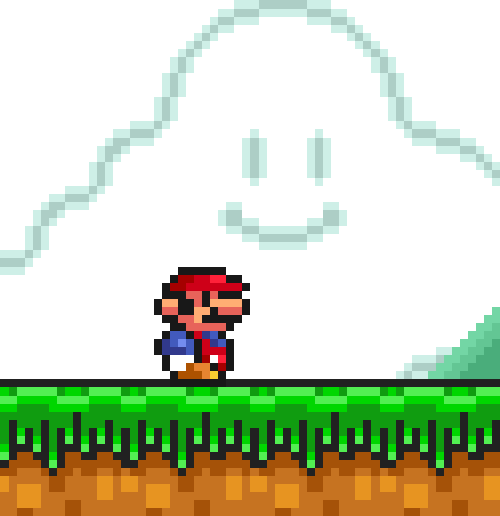Super Mario Bros., released in 1985, is a timeless classic that has captivated gamers worldwide with its innovative gameplay mechanics. The game's creators, Shigeru Miyamoto and Takashi Tezuka, introduced several groundbreaking elements that have since become staples of the platforming genre.
One such innovation was the use of a time limit in each level. This added an element of urgency to the gameplay, forcing players to think quickly and act decisively as they navigated through the various obstacles and enemies. The timer also encouraged replayability, as players sought to improve their times on each stage.
Another innovative feature was the incorporation of power-ups, such as the Super Mushroom, Fire Flower, and Starman. These items not only provided temporary boosts in abilities but also added strategic depth to the game by allowing players to choose how they wanted to approach a given situation. For example, using a Fire Flower to defeat an enemy from afar could save Mario from taking damage directly.
Lastly, Super Mario Bros.' non-linear level design allowed for multiple paths and hidden areas within each stage. This encouraged exploration and rewarded players who took the time to search every nook and cranny of a level. It also added replay value as players discovered new shortcuts or secrets upon subsequent playthroughs.
In conclusion, Super Mario Bros.' innovative gameplay mechanics have stood the test of time and continue to influence modern video games today. From its use of timers in levels to its incorporation of power-ups and non-linear level design, this classic title remains a shining example of what can be achieved when creativity meets technical prowess.
